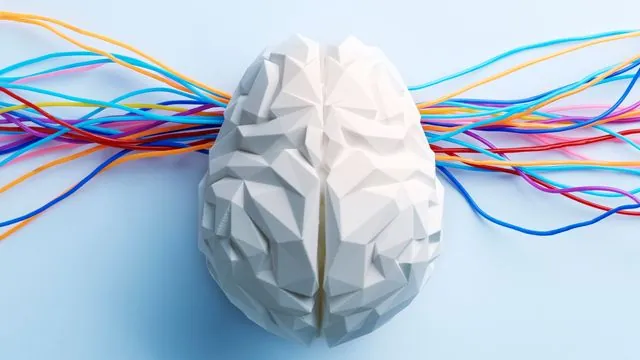
Human Brain Cells Show Surprising Genetic Differences Compared to Chimps
2025-01-03
Author: Nur
Recent research has revealed that human brain cells possess a greater number of upregulated genes than those of chimpanzees, underscoring the complex biological foundations of what makes us uniquely human.
Understanding Gene Expression: The Blueprint of Life
Genes serve as instructions for cells, directing them to produce specific molecules. While the genetic code is housed within DNA, the actual process of gene expression is mediated by messenger RNA (mRNA), which carries these instructions to the cellular machinery. Traditionally, scientists have focused on the genome as a blueprint for life, leading to the understanding that humans share approximately 99% of their DNA with chimpanzees—a number that has been refined since it was first reported in 2005.
Exploration into Cell Types
Although humans and chimpanzees share most of their genetic material, researchers believe that it is the expression of these genes that contributes to our distinct cognitive and physiological characteristics. For instance, the remarkable transformation from caterpillar to butterfly occurs despite both stages sharing the same genome; it is the regulation of gene expression that brings about such drastic changes.
Historically, scientists classified brain cells into two broad categories: neurons, which convey signals, and glial cells, which perform supportive functions. Recently, advances have allowed researchers to analyze individual cell nuclei, enabling a more detailed study of various cell types and their specific gene expressions.
New Insights from Recent Studies
A groundbreaking study led by researchers Yi, Joshy, and Santepere utilized advanced techniques to isolate and analyze individual brain cell nuclei from humans, chimpanzees, and macaques. Their findings revealed that human cells displayed a higher percentage of upregulated genes—between 5-10% of the 25,000 genes analyzed—compared to their chimpanzee counterparts. This percentage skyrocketed to 12-15% when further distinguishing between cell subtypes.
Yi noted the significance of these results, stating, “Now we can see that individual cell types have their own evolutionary paths, becoming highly specialized.”
The Role of Glial Cells in Brain Development
Interestingly, glial cells, which make up over half of the human brain’s cellular composition, exhibited the most substantial differences in gene expression, particularly oligodendrocytes, which insulate neurons and facilitate faster signal transmission. Their study indicated a higher ratio of precursor oligodendrocytes in humans than in chimpanzees, possibly linked to our advanced neural plasticity and prolonged brain development.
“The complexity of our neural networks likely evolved in tandem with other cell types, enhancing neuron diversity and network sophistication,” Yi explained.
Future Research Directions
While this study focused on specific brain regions, future research plans to explore gene expression variations across different brain areas and delve deeper into our evolutionary history. Yi aims to incorporate data from distantly related species as well as investigate genomic differences with extinct hominins like Neanderthals and Denisovans.
With the understanding that evolution encompasses much more than mere genetic change, Yi concludes, “Differential gene expression is a key factor in how human brains evolved and adapted over time.”
This research not only sheds light on our biological heritage but also carves a path for future explorations into the very essence of what makes us human.

 Brasil (PT)
Brasil (PT)
 Canada (EN)
Canada (EN)
 Chile (ES)
Chile (ES)
 Česko (CS)
Česko (CS)
 대한민국 (KO)
대한민국 (KO)
 España (ES)
España (ES)
 France (FR)
France (FR)
 Hong Kong (EN)
Hong Kong (EN)
 Italia (IT)
Italia (IT)
 日本 (JA)
日本 (JA)
 Magyarország (HU)
Magyarország (HU)
 Norge (NO)
Norge (NO)
 Polska (PL)
Polska (PL)
 Schweiz (DE)
Schweiz (DE)
 Singapore (EN)
Singapore (EN)
 Sverige (SV)
Sverige (SV)
 Suomi (FI)
Suomi (FI)
 Türkiye (TR)
Türkiye (TR)
 الإمارات العربية المتحدة (AR)
الإمارات العربية المتحدة (AR)